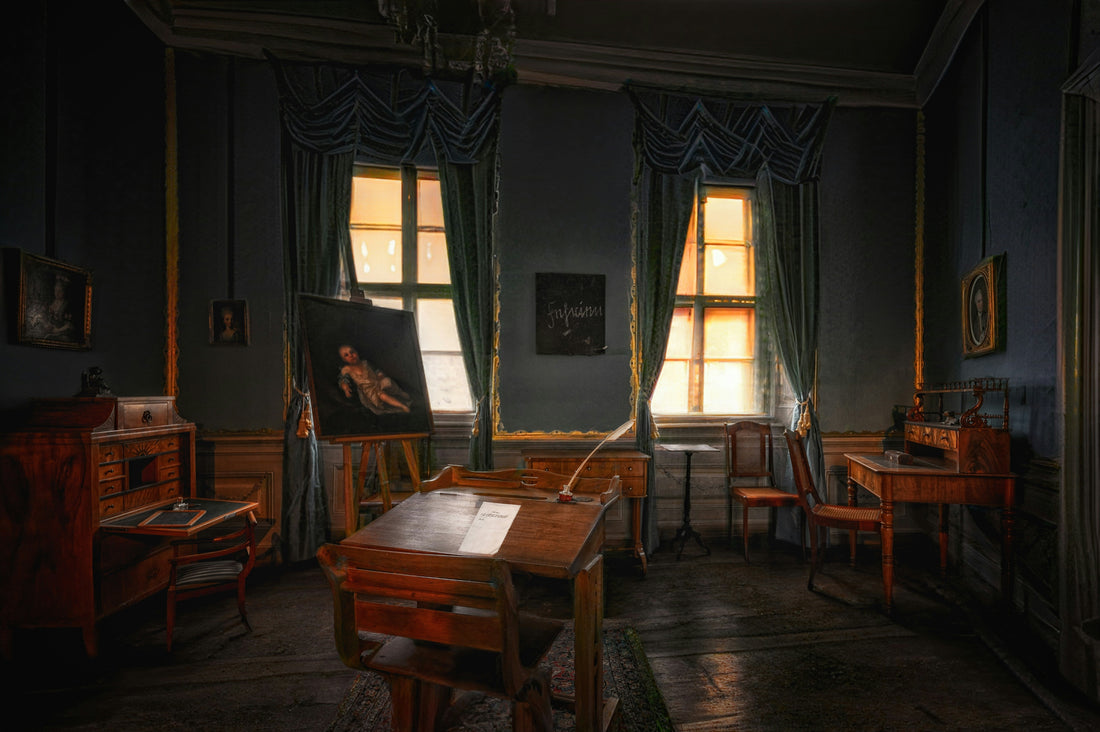Antique wood furniture is more than just a décor piece. It's a connection to the past, showcasing craftsmanship and character that modern pieces often lack. Whether you've inherited a cherished family heirloom or discovered a beautiful vintage find, proper care is essential to preserve its charm and integrity. This guide offers expert tips on how to clean, restore, and maintain antique wood furniture, ensuring it remains a treasured part of your home for generations.
Understanding Antique Wood Furniture

Before diving into care techniques, it's important to understand what makes antique furniture unique:
-
Wood Types: Common woods include oak, mahogany, walnut, and cherry. Each requires different handling and care.
-
Finishes: Older pieces may have shellac, lacquer, oil, or wax finishes. Knowing the finish helps determine appropriate cleaning and restoration methods.
-
Signs of Age: Look for patina, joinery methods (like dovetails), and signs of hand craftsmanship.
Cleaning Antique Wood Furniture

Cleaning should be gentle and infrequent to avoid damaging the finish or wood. Here's a safe process:
-
Dust Regularly: Use a soft, lint-free cloth or microfiber duster. Avoid feather dusters that can scratch the surface.
-
Mild Cleaning Solution: Mix a few drops of mild dish soap with warm water. Dampen a cloth (never soak) and wipe gently. Dry immediately with another soft cloth.
-
Avoid Harsh Chemicals: Products like all-purpose cleaners, ammonia, and alcohol-based solutions can strip finishes.
-
Polishing: Use a high-quality paste wax or a polish specifically designed for antique wood. Apply sparingly with a soft cloth and buff to a gentle sheen.
Restoring Antique Furniture

When pieces are dull or damaged, restoration may be needed. Here's how to approach it:
-
Assess the Damage: Check for water rings, scratches, loose joints, or veneer issues.
-
Surface Touch-Ups: Minor scratches can be concealed with furniture touch-up markers or colored wax sticks. For dull finishes, try revitalizing with a beeswax-based restorer.
-
Loose Joints: Re-glue using wood glue and clamps, avoiding nails or screws that weren’t part of the original construction.
-
Professional Refinishing: For significant damage or valuable pieces, consult a restoration expert to avoid reducing the furniture's value.
Maintaining Antique Furniture Over Time
Consistent, mindful care extends the life of antique furniture:
-
Control Environment: Keep pieces away from direct sunlight, which can fade finishes. Maintain stable humidity (around 40-55%) to prevent wood from cracking or warping.
-
Avoid Heat Sources: Do not place furniture near radiators, fireplaces, or vents.
-
Use Protective Pads: Place felt pads under accessories and coasters under drinks to prevent rings and scratches.
-
Rotate Accessories: Prevent uneven fading or pressure marks by periodically moving decorative items.
Dealing with Specific Issues
Sometimes, special attention is needed for stubborn or unique problems:
-
Water Rings: Gently rub with a mixture of baking soda and water or use a white non-gel toothpaste. Always test in an inconspicuous area first.
-
Sticky Residue: Remove with a solution of mild soap and water or a wood-safe solvent, carefully avoiding over-wetting.
-
Insect Damage: Look for tiny holes or sawdust. If suspected, isolate the item and consult a pest control specialist experienced with antique wood.
Preserving Patina and Historical Integrity

The aged appearance, or patina, of antique wood adds to its value. Avoid aggressive sanding or stripping, which removes historical layers and character.
-
Clean, Don’t Strip: Preserve original finishes when possible.
-
Use Wax, Not Varnish: Waxing maintains the aged look without creating a modern-looking gloss.
-
Document Repairs: Keep a log of any changes or restorations to retain historical context, especially for high-value pieces.
When to Call a Professional

If your piece is particularly valuable, or you're unsure how to proceed, contact a furniture restoration expert. Professional services are recommended for:
-
Structural repairs
-
Extensive veneer damage
-
Antique wood refinishing
-
Restoration of intricate carvings or inlays
Conclusion
Caring for antique wood furniture is both an art and a responsibility. With gentle handling, proper maintenance, and respect for its history, your treasured pieces can remain beautiful and functional for many years. Let your furniture tell its story and make sure it has a long one to tell.
Whether you’re a collector, a history enthusiast, or simply love beautiful wood craftsmanship, these tips will help you maintain your antiques with confidence and care.
Have your own tips or questions? Share them in the comments below!
To find stunning pieces that deserve this level of care, visit our store and explore our curated collection of antique furniture.
